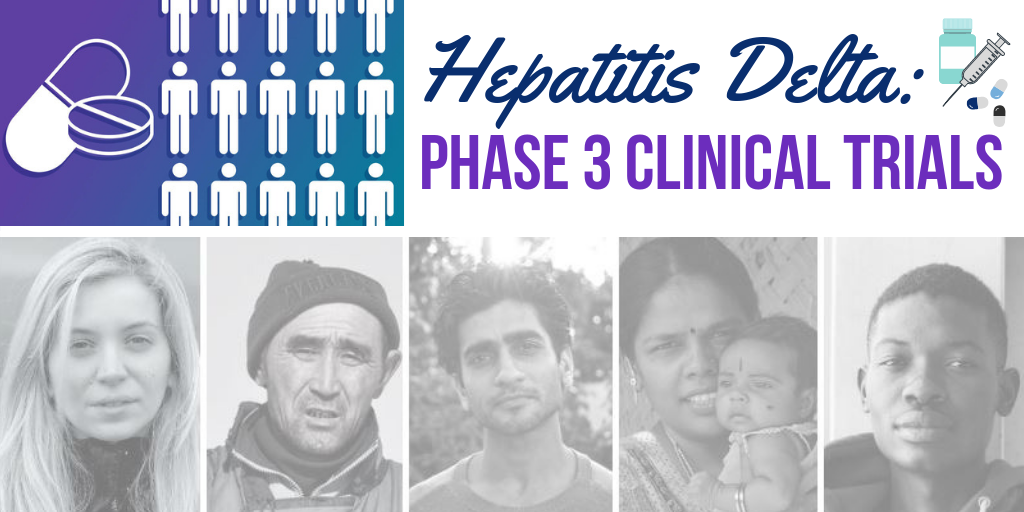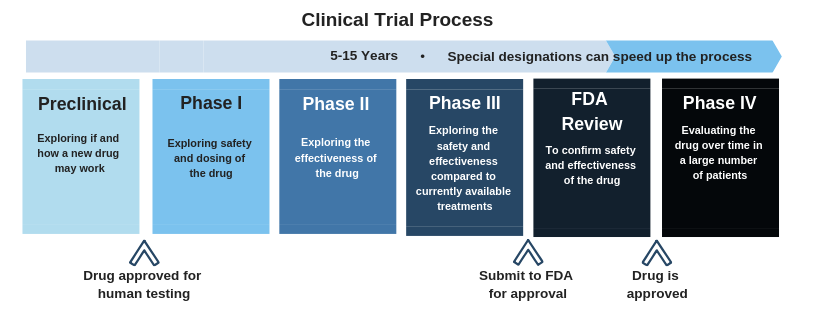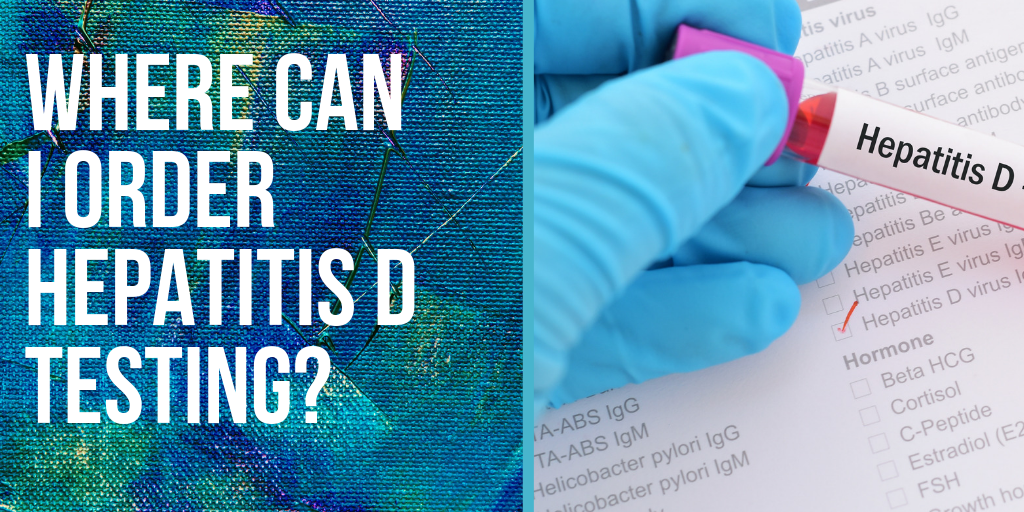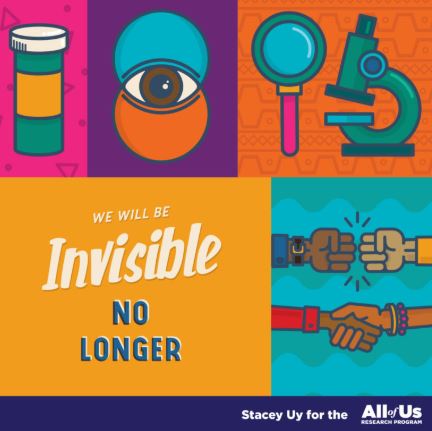This week is National Public Health Week in the United States but this year’s theme – Creating the Healthiest Nation: For Science. For Action. For Health – can be applied globally. Over 292 million people around the world are currently living with chronic hepatitis B, yet only 10% of patients are aware of their infection. In order to create the healthiest world possible, public health needs to address all threats to the public’s health – including those we don’t see.
How can we create a healthier world by eliminating hepatitis B?
- Increase provider knowledge of hepatitis B – In the U.S. and around the globe, hepatitis B is often overshadowed by other infectious diseases, including HIV and hepatitis C. Because of this, there is a lot of confusion and misinformation about who should be tested and how to proceed if a person tests positive for the hepatitis B surface antigen. Educating healthcare providers about hepatitis B testing, management, and treatment, and helping providers understand the importance of helping high-risk patients know their hepatitis B status, is an important strategy. As early treatment and regular monitoring can prevent liver damage and lower a person’s risk of liver cancer, improved provider knowledge can help hepatitis B patients live long, healthy lives! Hep B United and the Centers for Disease Control and Prevention’s (CDC) Know Hepatitis B campaign has multiple resources for professionals, and the Hepatitis B Foundation lists international clinical guidelines for testing and treating patients.
- Improve Vaccination Rates – One way to eliminate hepatitis B is to eliminate transmission. As the infection is most commonly passed from mother-to-child during birth, it is important for countries to adopt the universal hepatitis B vaccine birth dose – a policy that is widely credited with reducing this form of transmission even if the mother tests positive for hepatitis B! Under the universal birth dose policy, newborns receive their first dose of the hepatitis B vaccine within their first 24 hours of life. However, in the U.S., if the mother tests positive for hepatitis B, the child will receive the first dose of the vaccine and one shot of hepatitis B immune globulin (HBIG). According to the CDC and the Immunization Action Coalition, up to 95% of chronic infections caused by mother-to-child transmission can be prevented through this method!
While it is important to vaccinate newborns and infants, adults must be vaccinated too. In the United States, only about 25% – 30% of adults have completed all three doses of the vaccine. Completing the vaccine series is extremely important, as it takes all three doses, according to schedule, in order to receive long-lasting protection. As the infection can be spread through unprotected sex, sharing items such as toothbrushes and razors, or unsterile needles that could be used in tattoo parlors or medical settings, increasing the vaccination rate among this population is important in order to prevent transmission.
- Encourage People to Get Tested – Hepatitis B can increase a person’s chances of cirrhosis and liver cancer, but when paired with other health conditions such as diabetes or hepatitis C, the risk for liver damage becomes even greater. As hepatitis B often has no symptoms, a person who is living with multiple health conditions may not realize that they need to be taking additional precautions to stay healthy. In addition, a recent study has shown that a large number of cancer patients have had past or present hepatitis B infections that were previously undiagnosed. Testing can help improve health outcomes for patients, as they can take the necessary precautions to prevent damage and doctors can make educated treatment decisions that would not negatively impact the hepatitis virus or cause it to reactivate.
To many patients, hepatitis B is not only a physical issue; it also has an emotional toll. From attempting to navigate the healthcare system to facing workplace discrimination, hepatitis B patients all over the world can face stress and mental distress. Cultural myths and stigma can negatively impact how infected individuals and their families interact with their communities and even each other. Addressing these issues is a major part of eliminating the infection once and for all. So, for science, for action, and for health, we must all work together to advocate for patients, protect our communities, and end hepatitis worldwide!
To hear real patients describe their struggles with hepatitis B, you can view our #justB story campaign.
Want to help raise hepatitis B awareness during National Public Health Week? Join us on social media by using the hashtags #NPHW or #NationalPublicHealthWeek on Twitter and follow along as we participate in the American Public Health Association’s twitter chat on Wednesday, April 3rd at 2 pm!


 Phase 3 clinical trials have been announced for two drugs,
Phase 3 clinical trials have been announced for two drugs,  Click here
Click here
 Both issues can impair the liver’s ability to function and filter out toxins that enter the body. They can also increase a person’s risk of developing liver cancer. Recently,
Both issues can impair the liver’s ability to function and filter out toxins that enter the body. They can also increase a person’s risk of developing liver cancer. Recently, 

 excited to partner with the
excited to partner with the 
 especially if you are uncertain about how they will react. However, it is extremely important! Even if you are using condoms, it is necessary to let your partner know your status before becoming intimate. Once you tell them, it will be a huge relief!
especially if you are uncertain about how they will react. However, it is extremely important! Even if you are using condoms, it is necessary to let your partner know your status before becoming intimate. Once you tell them, it will be a huge relief!  show love than by being supportive? If your partner is living with hepatitis B,
show love than by being supportive? If your partner is living with hepatitis B,

 patient groups and civil society networks organized the first ever Nigeria Hepatitis Summit in December 2018. The groups were led by Danjuma Adda, Executive Director of
patient groups and civil society networks organized the first ever Nigeria Hepatitis Summit in December 2018. The groups were led by Danjuma Adda, Executive Director of  * Increased advocacy at state ministries of health to ensure state governments prioritize hepatitis cascade of care
* Increased advocacy at state ministries of health to ensure state governments prioritize hepatitis cascade of care towards the elimination of this disease and surpass the WHO target. If some of the countries wealthiest individuals contributed just a million dollars each to a National Hepatitis Elimination Project, Nigeria would see profound health benefits for the entire nation.
towards the elimination of this disease and surpass the WHO target. If some of the countries wealthiest individuals contributed just a million dollars each to a National Hepatitis Elimination Project, Nigeria would see profound health benefits for the entire nation.